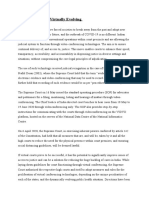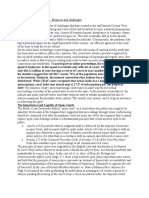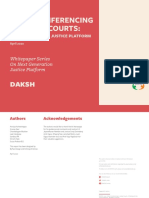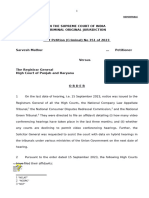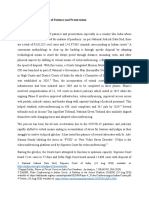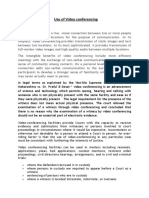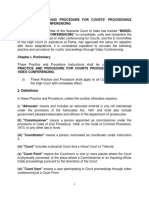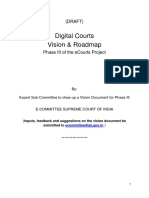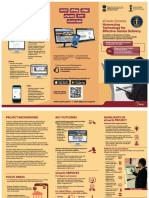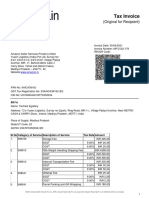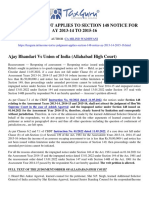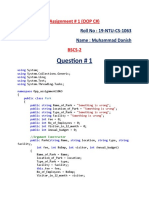0% found this document useful (0 votes)
51 views11 pagesIntroduction
The document discusses the importance and advantages of using technology like video conferencing to conduct court proceedings. Key points discussed include how the pandemic has highlighted the need for digitizing courts, that infrastructure for e-courts has already been established, and transitioning to virtual hearings can help address issues like case backlogs, accessibility, and environmental impacts of frequent travel.
Uploaded by
rakshanda ansariCopyright
© © All Rights Reserved
We take content rights seriously. If you suspect this is your content, claim it here.
Available Formats
Download as DOCX, PDF, TXT or read online on Scribd
0% found this document useful (0 votes)
51 views11 pagesIntroduction
The document discusses the importance and advantages of using technology like video conferencing to conduct court proceedings. Key points discussed include how the pandemic has highlighted the need for digitizing courts, that infrastructure for e-courts has already been established, and transitioning to virtual hearings can help address issues like case backlogs, accessibility, and environmental impacts of frequent travel.
Uploaded by
rakshanda ansariCopyright
© © All Rights Reserved
We take content rights seriously. If you suspect this is your content, claim it here.
Available Formats
Download as DOCX, PDF, TXT or read online on Scribd
/ 11






